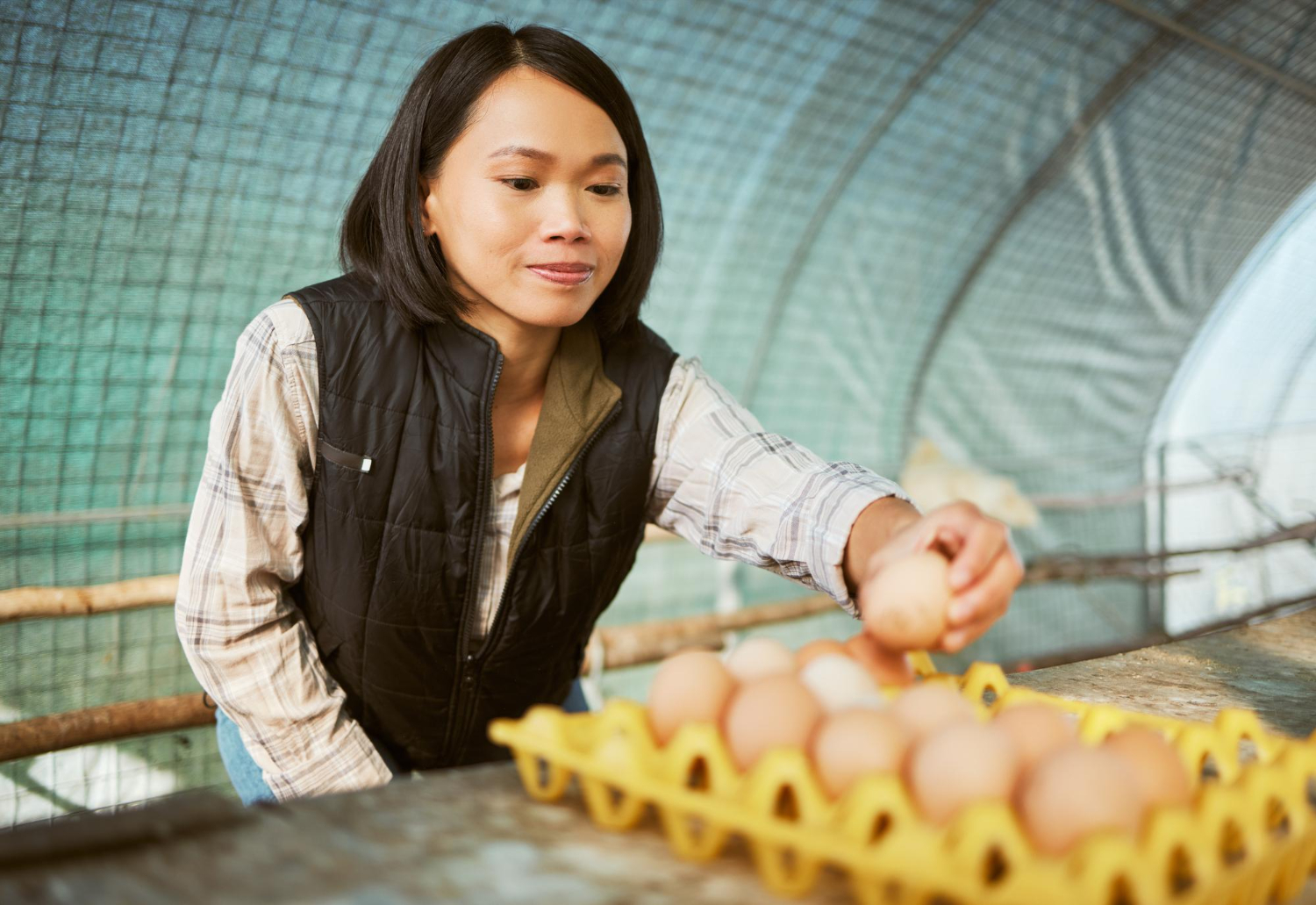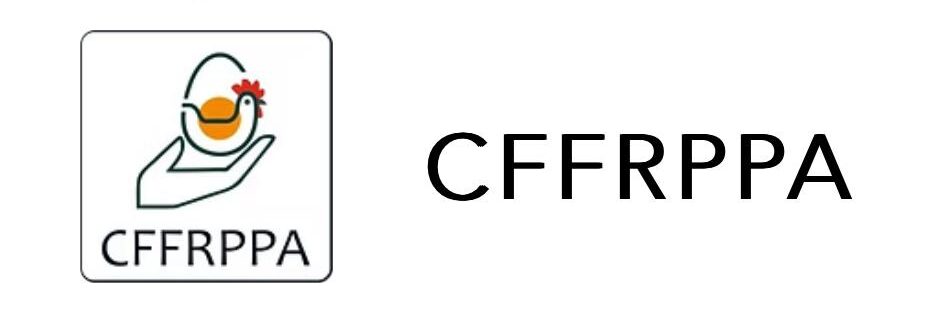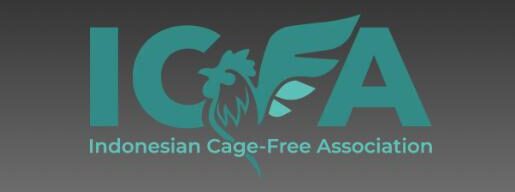Growing Consumer Demand
Consumers in Asia are becoming increasingly aware of animal welfare and sustainability issues. With greater access to information, they are seeking eggs produced under humane conditions. This shift is influencing retailers, restaurants, and food service providers to prioritize cage-free eggs. Global brands operating in Asia, such as McDonald’s and Nestlé, have pledged to use only cage-free eggs in their supply chains, further pushing local producers to adapt.
Policy and Certification
Governments and industry bodies are taking steps to support the cage-free movement. Countries like India, Malaysia, and Indonesia are introducing guidelines and policies to encourage ethical farming practices. Certification programs play a crucial role in standardizing cage-free production, ensuring transparency, and building consumer trust. Harmonizing certification standards across Asia will strengthen the industry and facilitate cross-border trade.
Challenges in Transitioning
While the future of cage-free egg farming looks promising, there are hurdles to overcome. High initial investment costs, infrastructure changes, and farmer training are key challenges. Many traditional egg producers face difficulties in transitioning due to financial constraints and lack of technical knowledge. Industry support, government incentives, and collaborative efforts can ease this transition and ensure long-term sustainability.
Conclusion
The future of cage-free egg farming in Asia is promising, with growing demand, supportive policies, and industry collaboration paving the way. By addressing challenges and ensuring proper infrastructure, Asia can build a thriving and sustainable cage-free egg industry that benefits farmers, consumers, and animal welfare alike.




